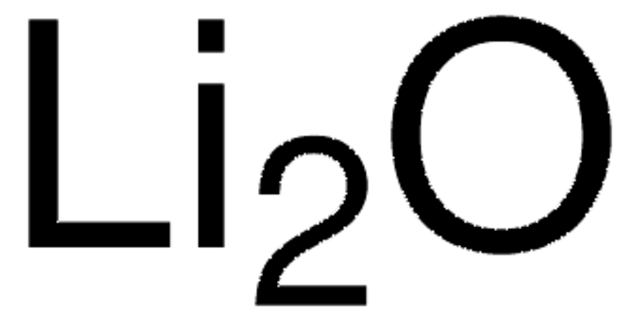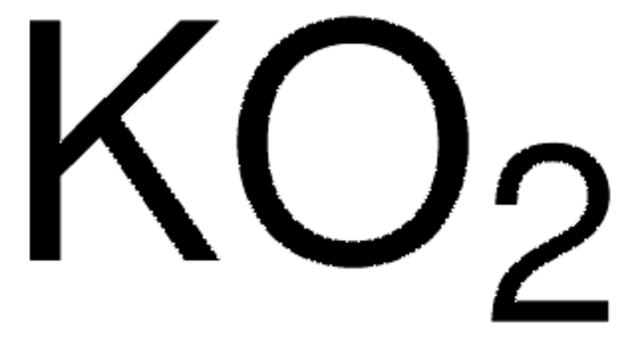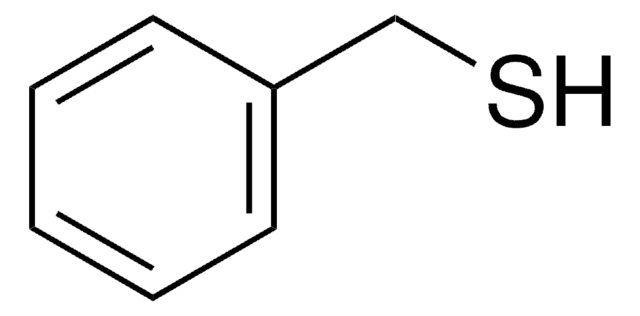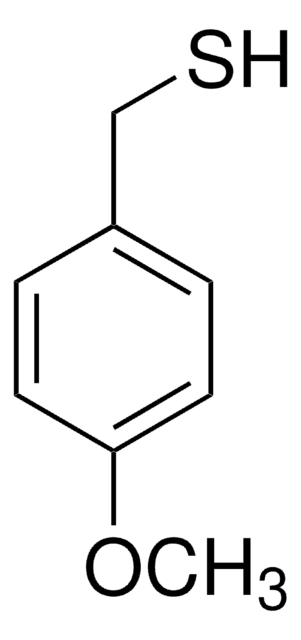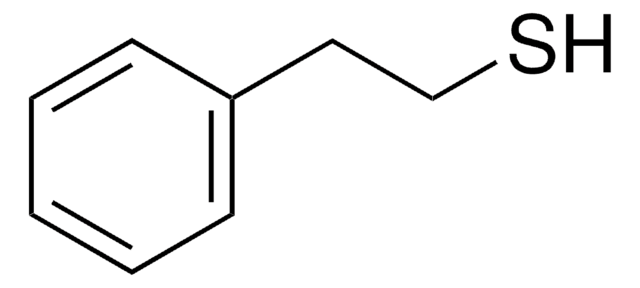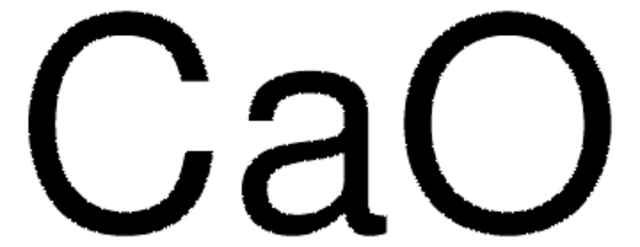645613
Sodium oxide
80%
Sinónimos:
Disodium monoxide, Disodium oxide
About This Item
Productos recomendados
Nivel de calidad
Ensayo
80%
Formulario
solid
idoneidad de la reacción
core: sodium
reagent type: catalyst
impurezas
~20% Na2O2
densidad
2.27 g/mL at 25 °C (lit.)
cadena SMILES
[O--].[Na+].[Na+]
InChI
1S/2Na.O/q2*+1;-2
Clave InChI
KKCBUQHMOMHUOY-UHFFFAOYSA-N
¿Está buscando productos similares? Visita Guía de comparación de productos
Categorías relacionadas
Descripción general
Aplicación
Palabra de señalización
Danger
Frases de peligro
Consejos de prudencia
Clasificaciones de peligro
Eye Dam. 1 - Ox. Sol. 1 - Skin Corr. 1A
Código de clase de almacenamiento
5.1A - Strongly oxidizing hazardous materials
Clase de riesgo para el agua (WGK)
WGK 1
Punto de inflamabilidad (°F)
Not applicable
Punto de inflamabilidad (°C)
Not applicable
Equipo de protección personal
Eyeshields, Faceshields, Gloves, type P3 (EN 143) respirator cartridges
Elija entre una de las versiones más recientes:
¿Ya tiene este producto?
Encuentre la documentación para los productos que ha comprado recientemente en la Biblioteca de documentos.
Los clientes también vieron
Global Trade Item Number
| Número de referencia del producto (SKU) | GTIN |
|---|---|
| 645613-250G | 4061832730103 |
| 645613-50G | 4061832730110 |
Nuestro equipo de científicos tiene experiencia en todas las áreas de investigación: Ciencias de la vida, Ciencia de los materiales, Síntesis química, Cromatografía, Analítica y muchas otras.
Póngase en contacto con el Servicio técnico